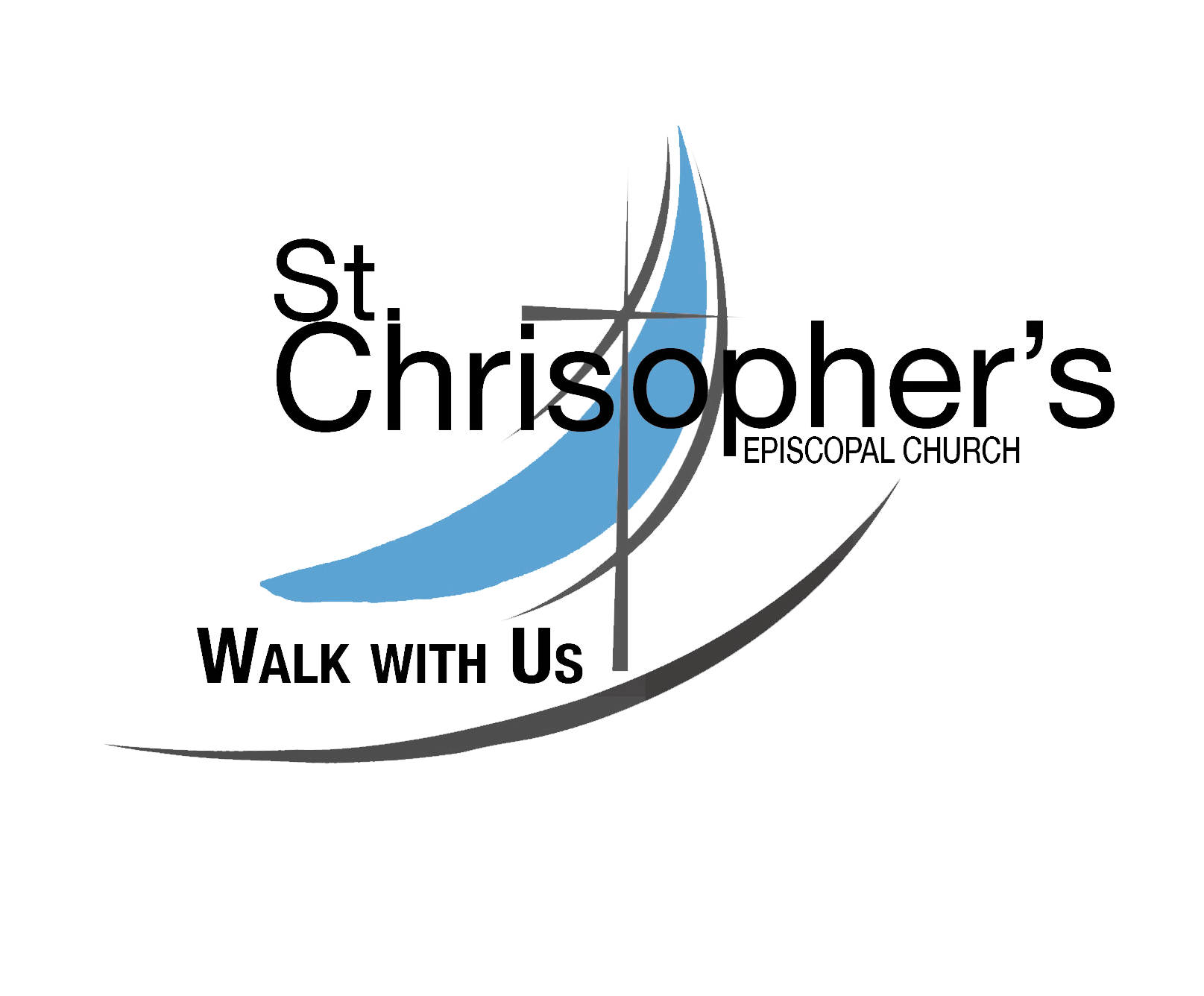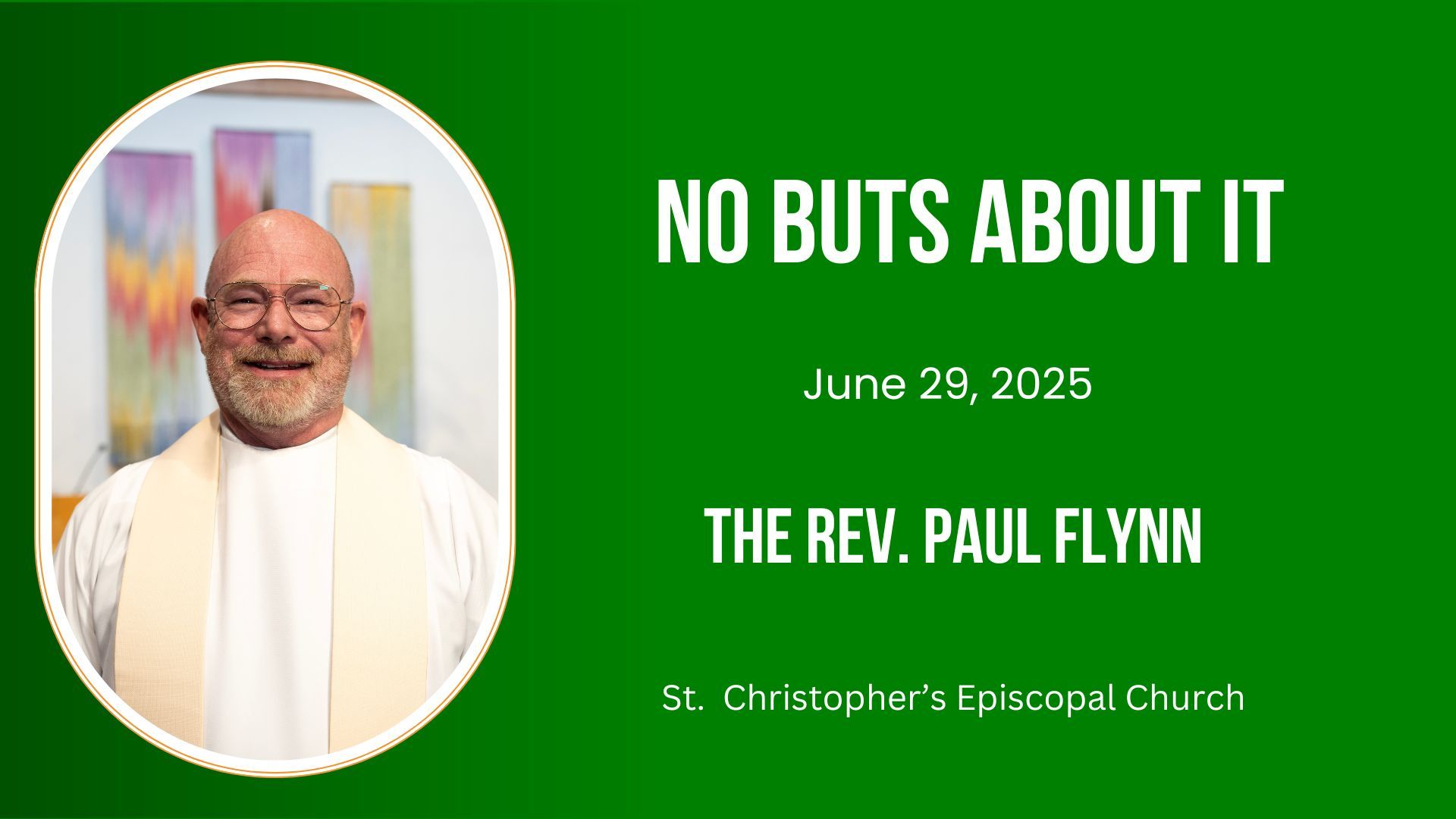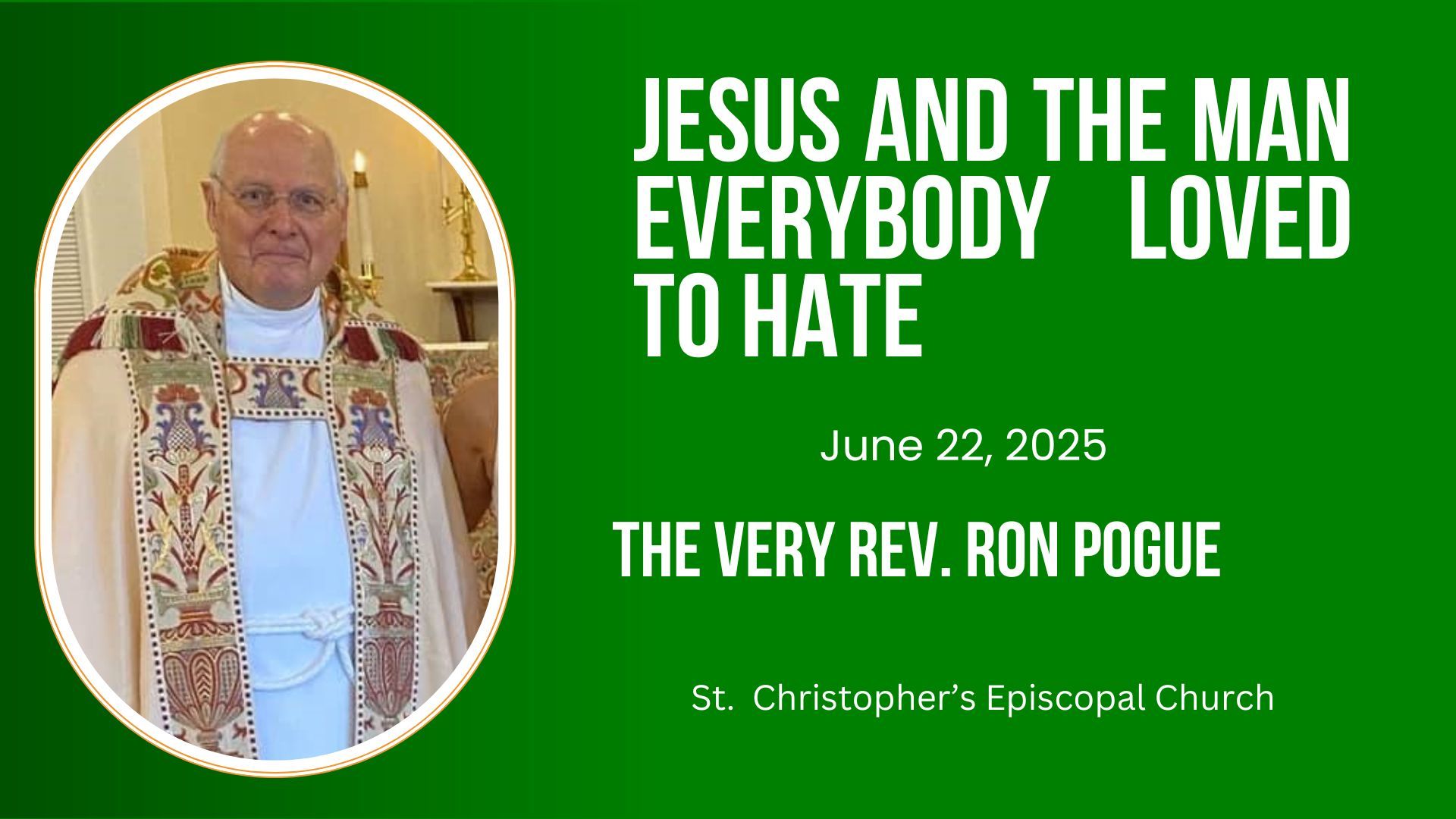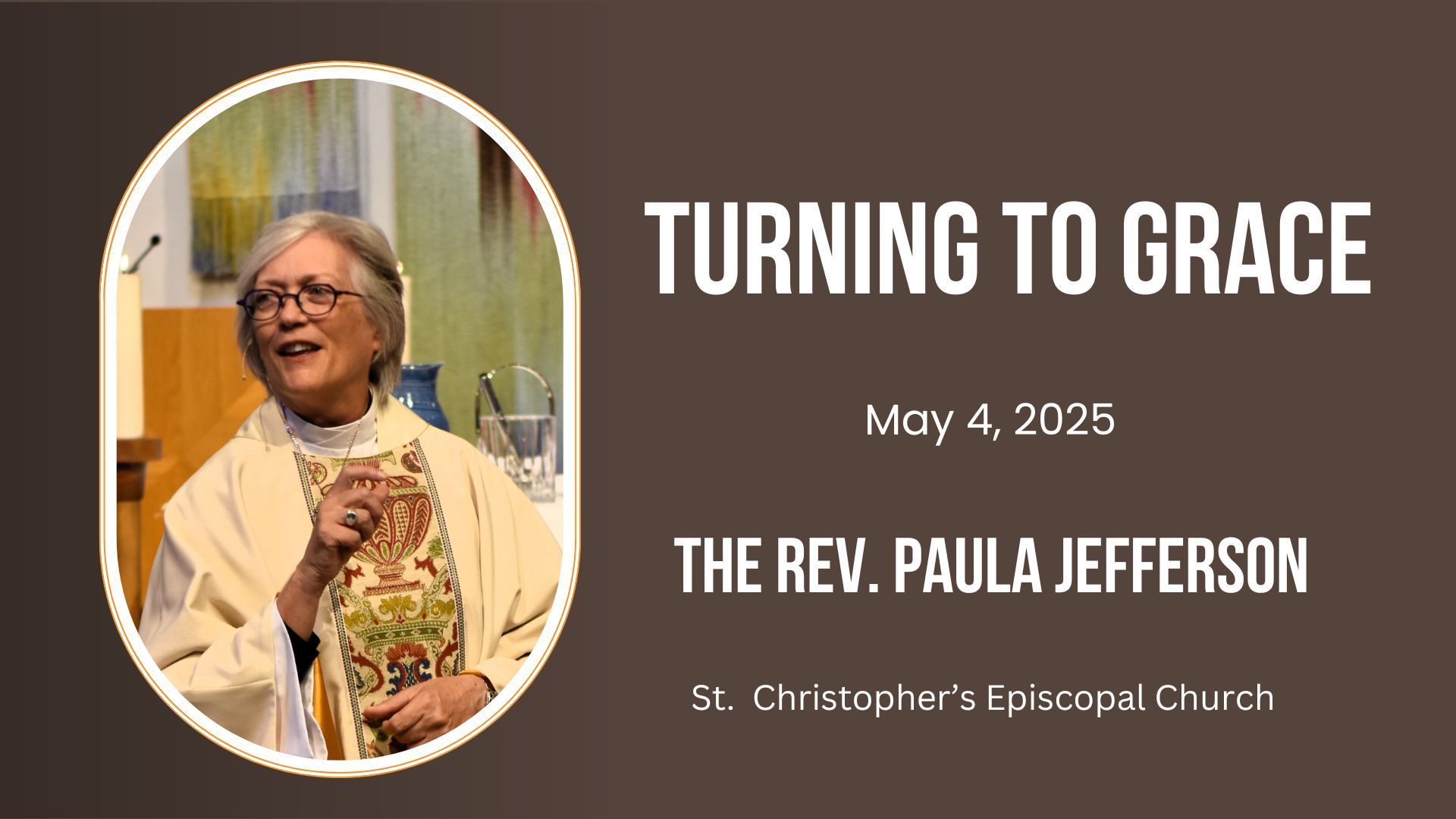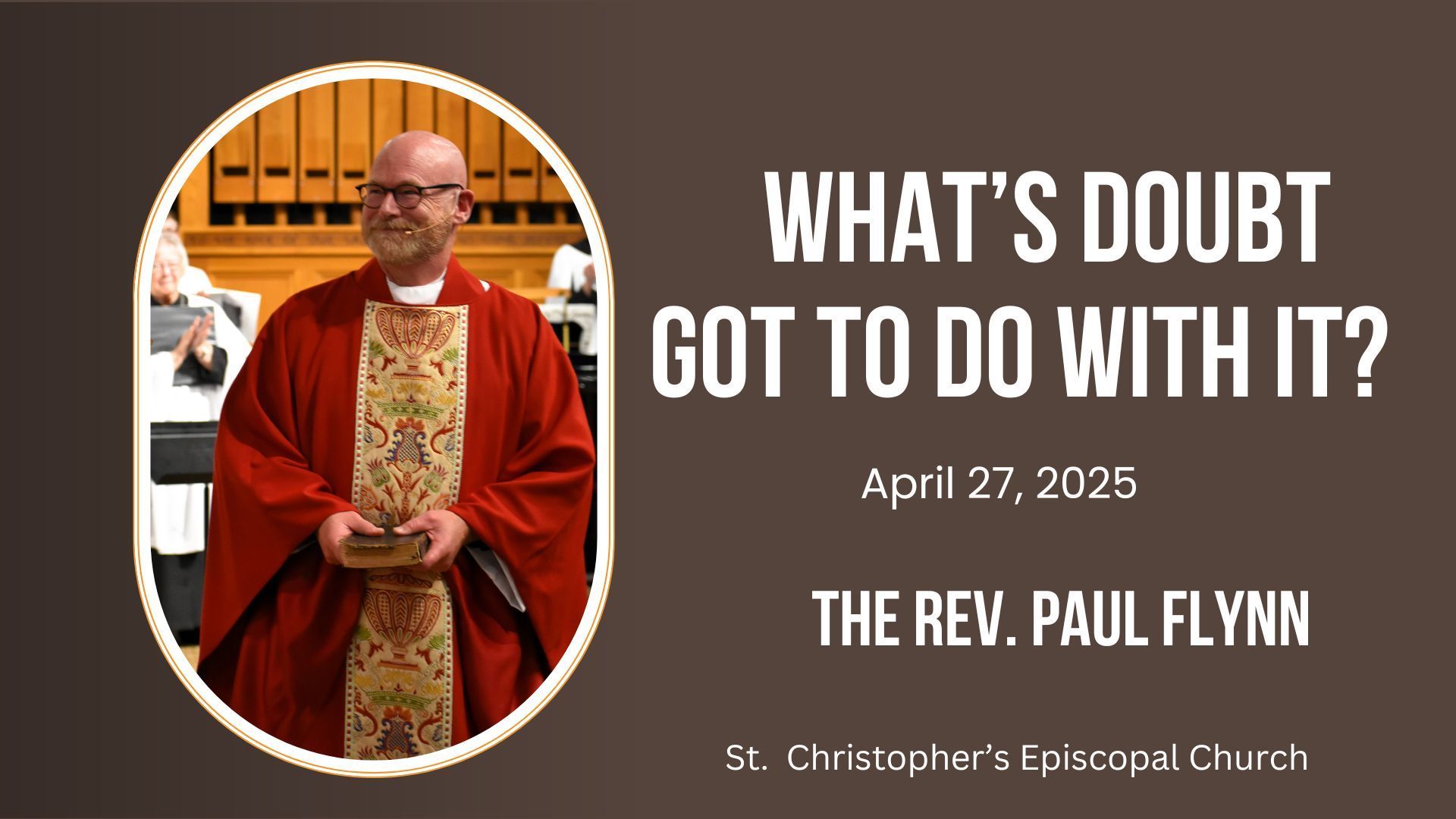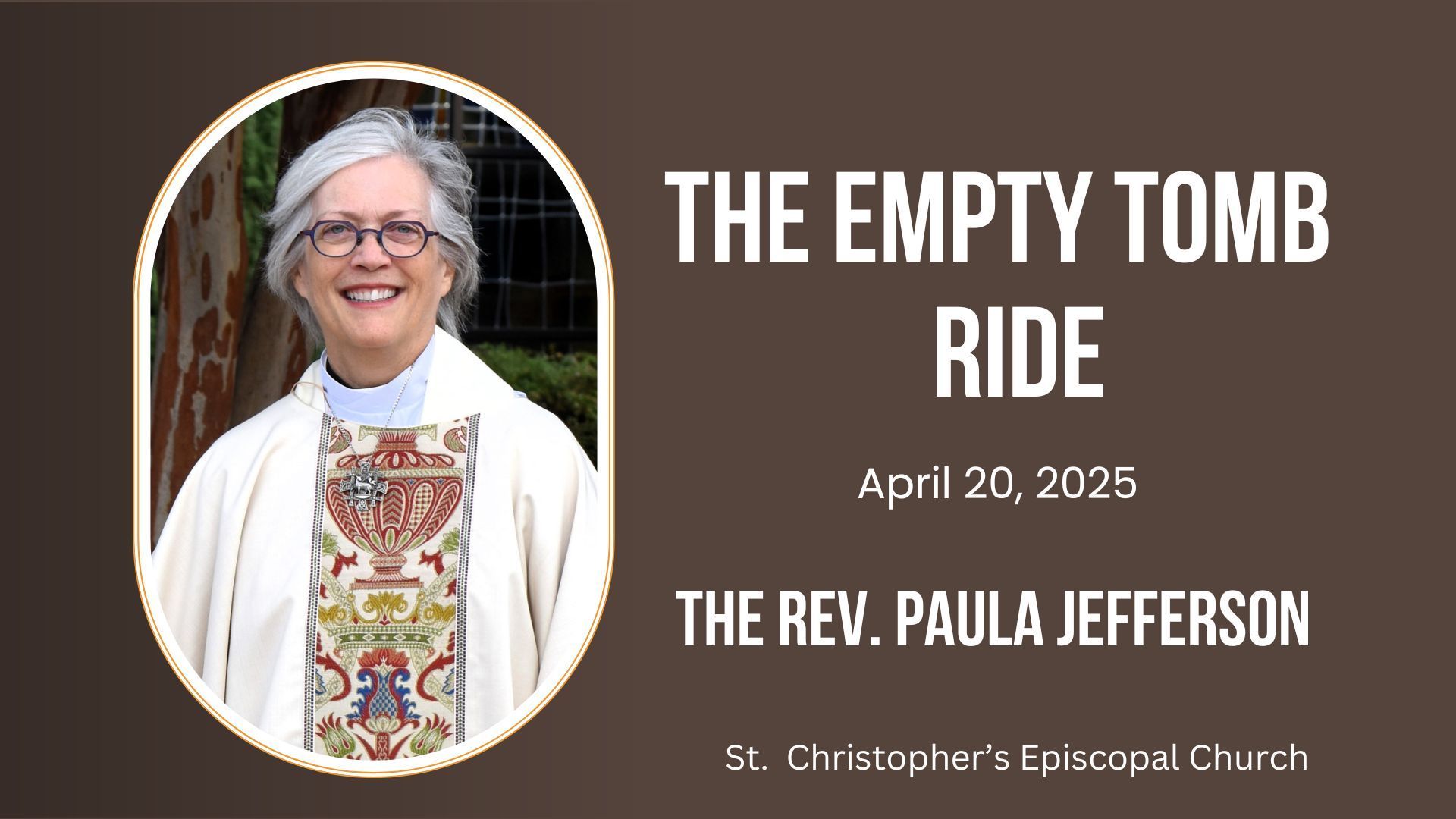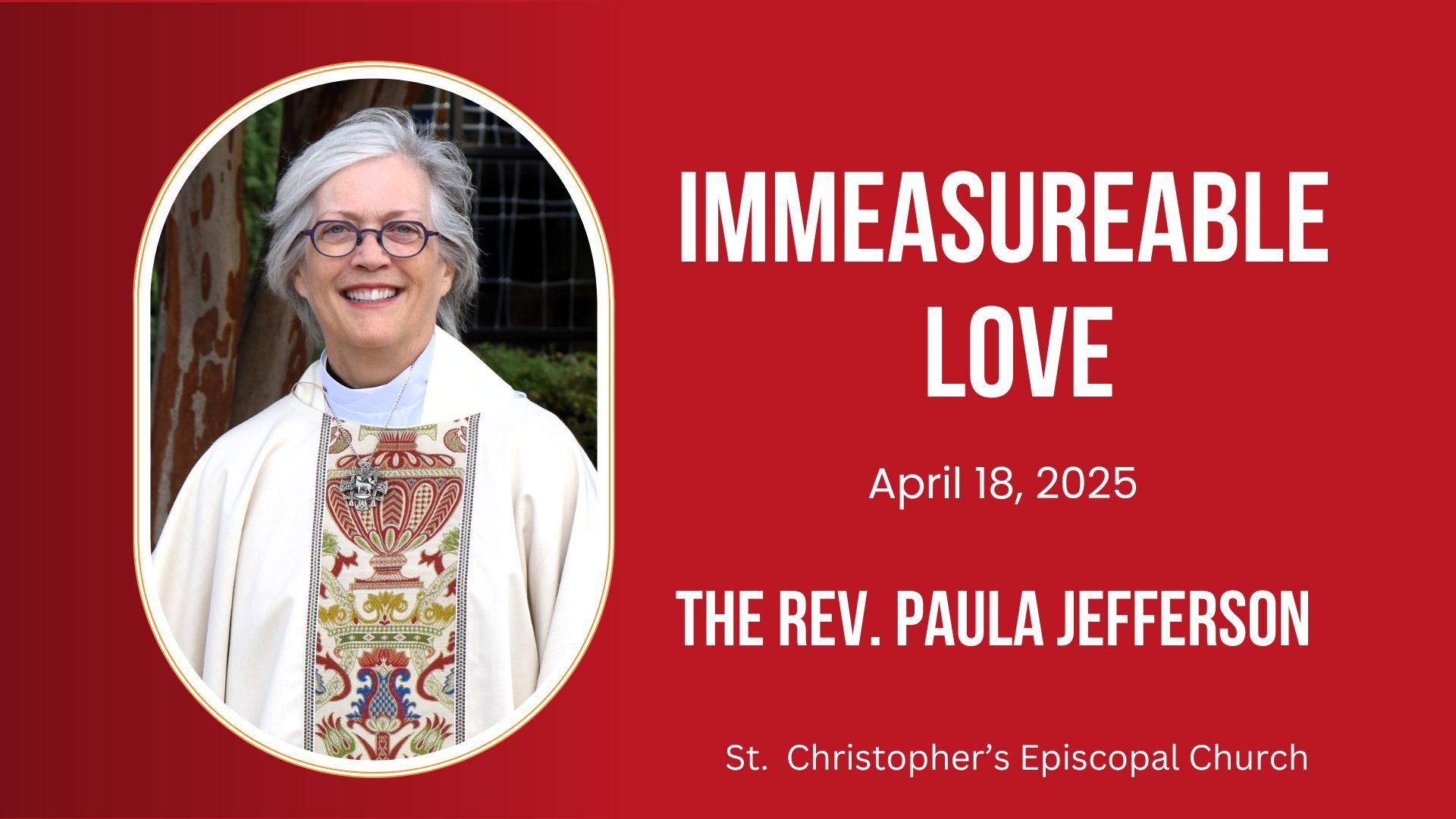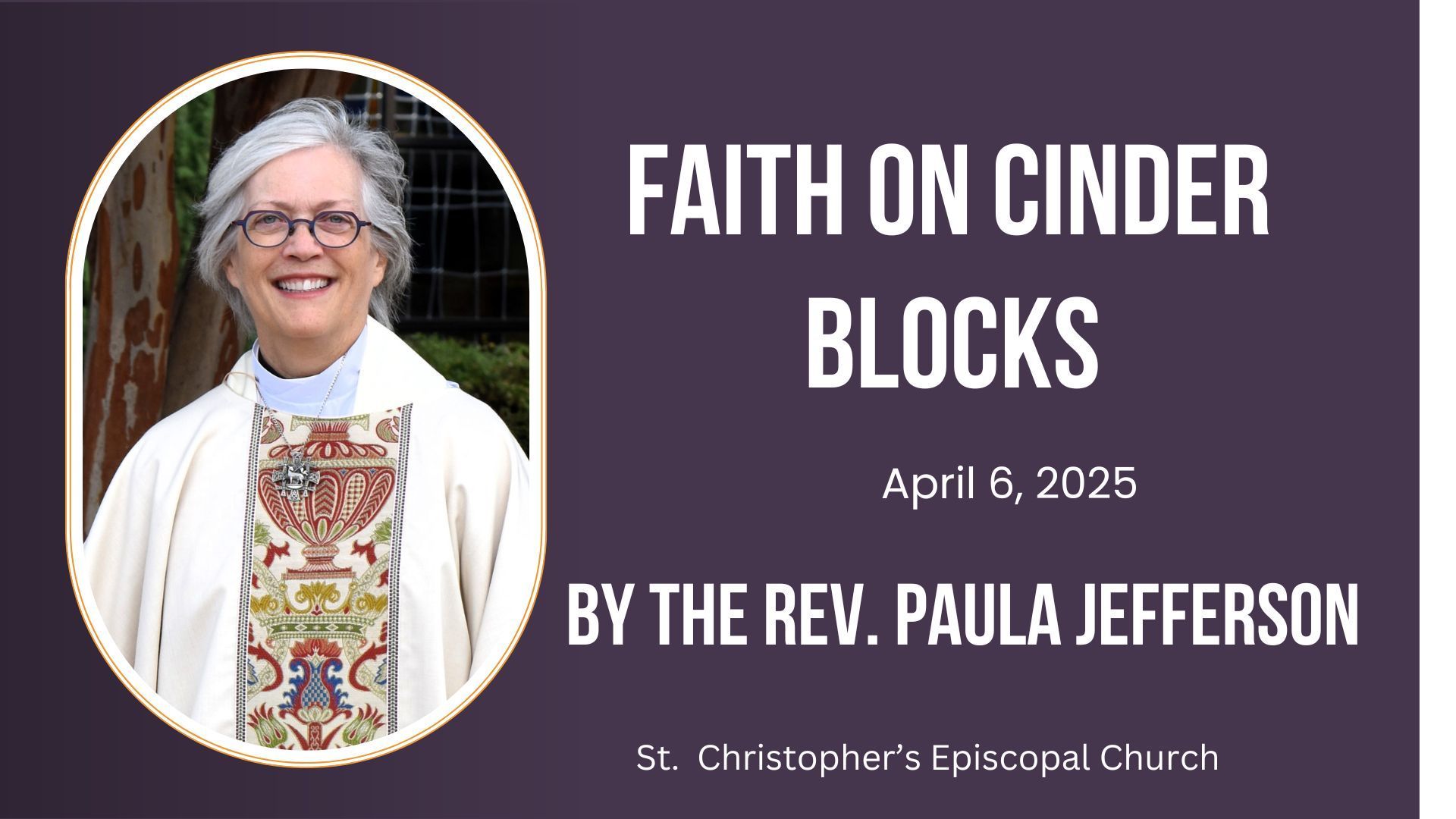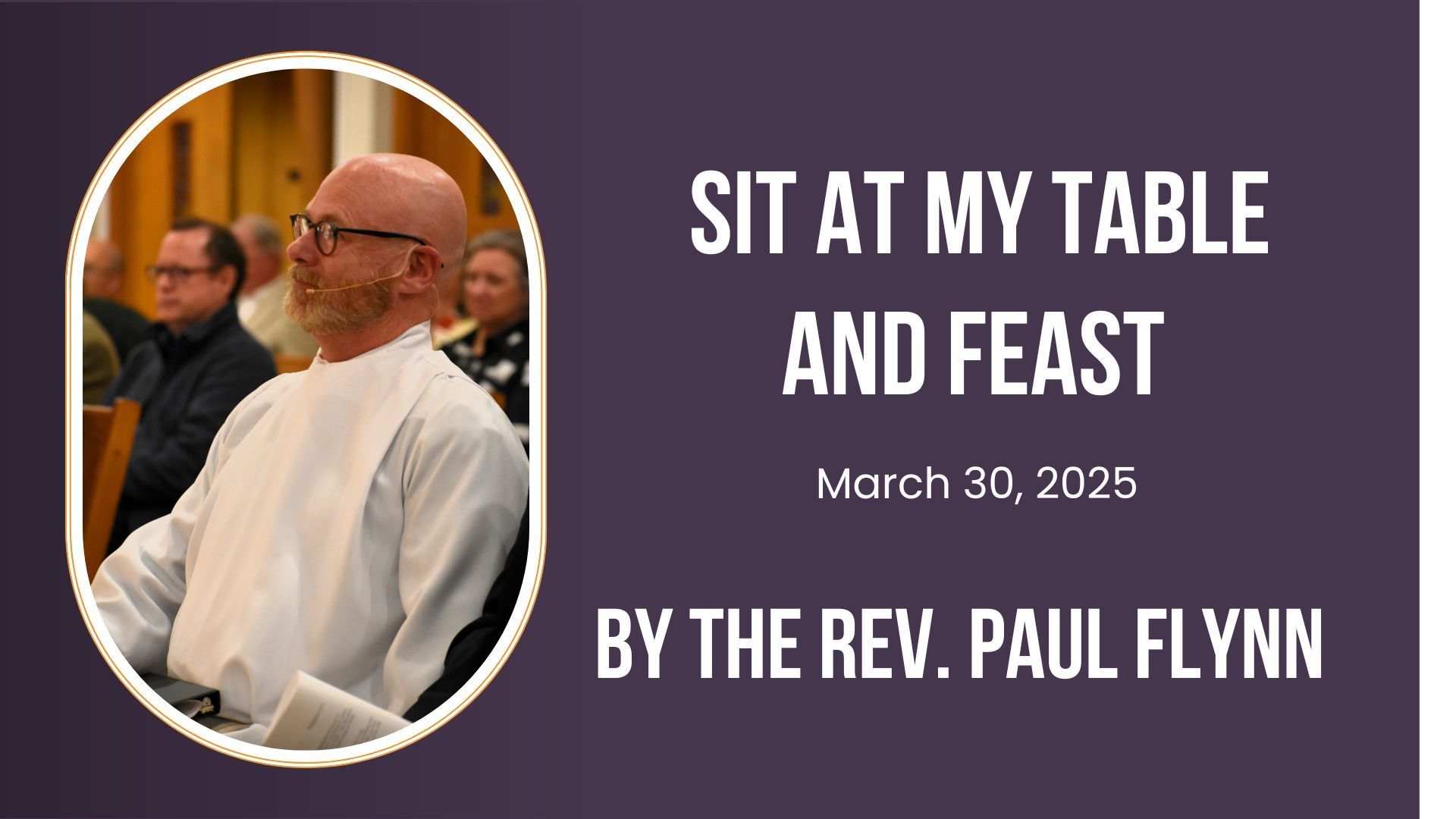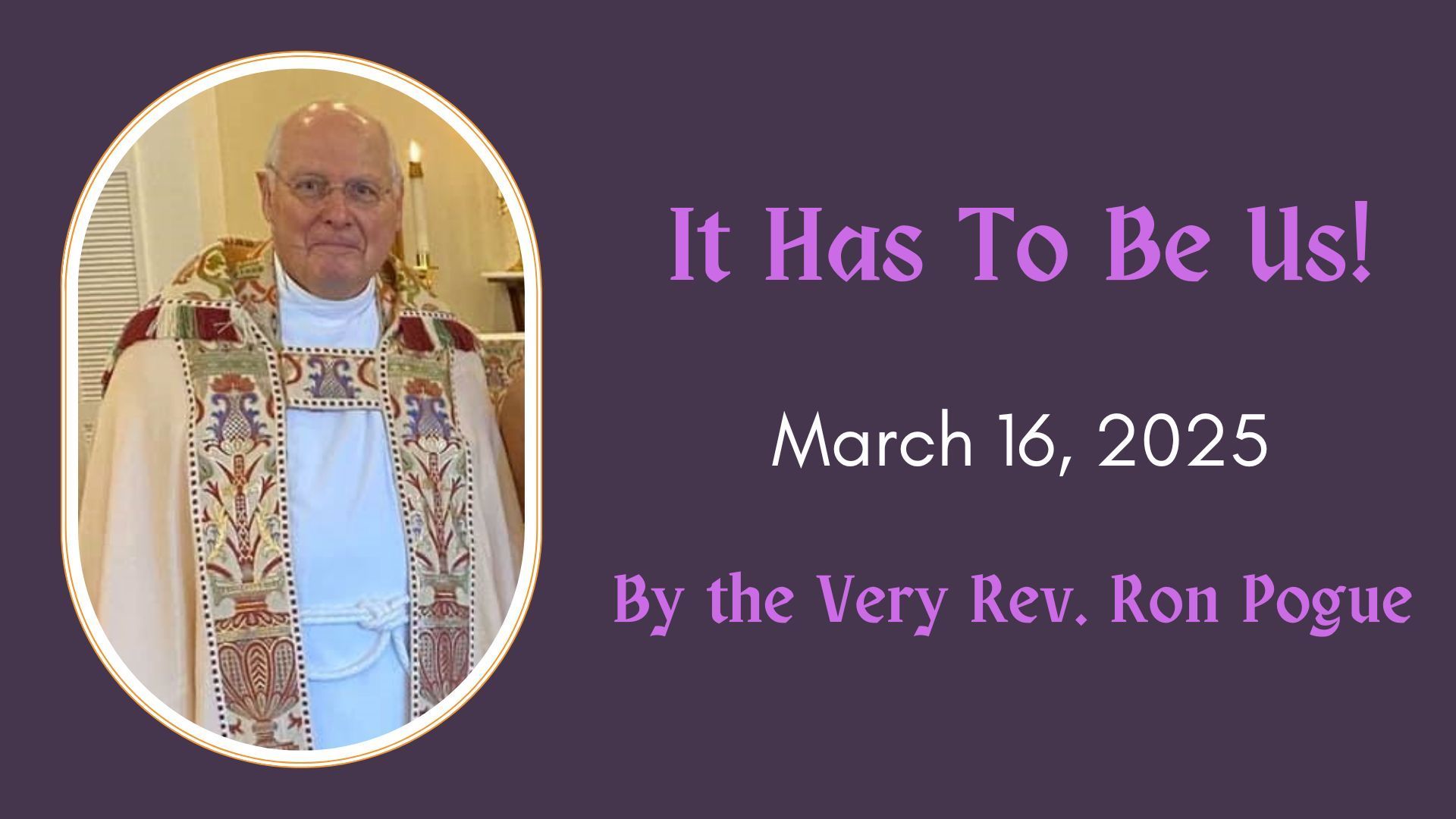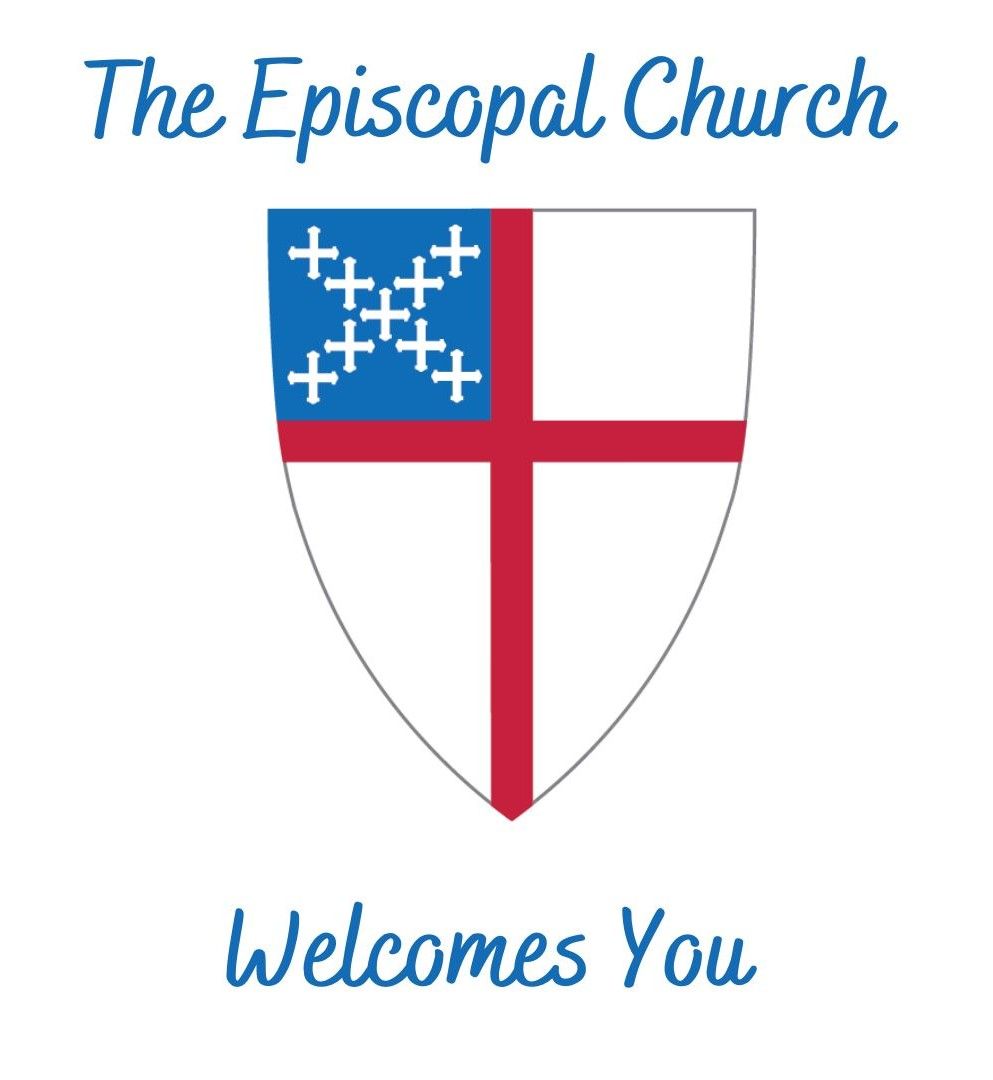Soon after I came to St. Christopher’s, Cn Saylors came to visit. I wondered what bit of advice she thought would be helpful to us as we continued our corporate journey. Without hesitating, she said, “Know your why”.
Today, we begin the season of Lent; it is good to think about our “why”… why do we do this thing called Lent? Why do we impose ashes and say those sobering words, “Remember you are dust, and to dust you shall return?”
Tonight, we participate in a 2,000-year-old tradition.
During the first 500 years of Christianity, Lent began on the first Sunday of Lent. It was an intentional time of preparing oneself to observe Holy Week. Those who would be baptized on Easter Day began their catechism on the first Sunday of Lent.[1]
During the 6th C, someone—probably an accountant—tallied up the Mondays through Saturdays in Lent and realized, “oops, we’re a few days short of 40.” And, so Lent was moved to the Wednesday before the first Sunday of Lent to ensure that we could observe a full 40 days of fasting.
What about the ashes? Well, that tradition finds its roots in the Old Testament. Whenever God’s people knew they were not reconciled with Yahweh, as a sign of repentance they put on sackcloth and ashes. Christianity adopted ashes—and the 40-day season of Lent—as both an outward sign of our repentance and an inward discipline to intentionally focus on our relationship with God.
Tonight’s Gospel reading began with Jesus saying to us, “Beware of practicing your piety before others in order to be seen by them.” It seems contradictory to the practice of imposing ashes on our foreheads and then walking into the world. We are quite visible.
Jesus did not say that we should not practice piety….or even that we should not practice piety publicly. His warning to us is about our “why.” If we put on ashes—or take on any spiritual discipline--just to be noticed by others, we’ve missed the point.
The ashen cross on each of our faces is a Sign to the world:
A Sign that we remember the triumphant shouts of “Hosanna” as Jesus began his Passion.
A Sign that we remember the pain and suffering in our world.
A Sign that we strive for justice and dignity for all humans.
A Sign that we acknowledge the passing away of this world, and the coming of God’s Kingdom.
A Sign that we need and desire God’s reconciling Grace.
A Sign of our “Why” in a secular world.
The ashes we will bless tonight are the cremains of palms, reserved from last Palm Sunday. They take on new life when they are imposed on us. They become living Signs to the world that we will follow Christ…to the cross…to the empty tomb… to our own Risen life.
Amen.
[1] Mitchell, Leonel L; Lent Holy Week Easter and the Great Fifty Days: a Ceremonial Guide
